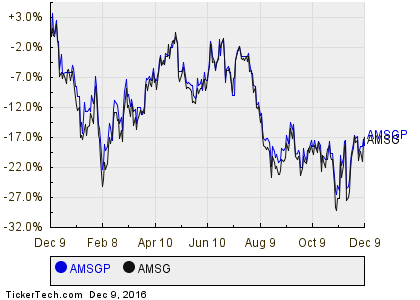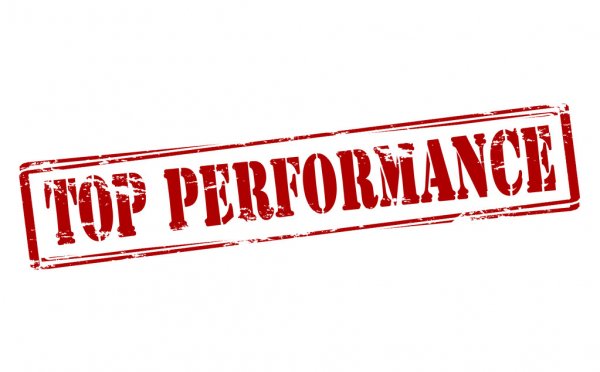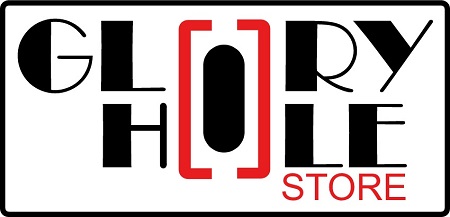Contents
A business must meet a certain threshold of sales to cover all fixed and variable costs, called the break-even point . Margin of safety measures the amount above the BEP, showing revenue earned after all required expenses have been paid. Another way to look at it is the distance a business is from being unprofitable. As scholarly as Graham was, his principle was based on simple truths. He knew that a stock priced at $1 today could just as likely be valued at 50 cents or $1.50 in the future.
Similarly, the company would have to raise additional funds by way of debt or equity for funding, in case the company decides to increase its growth further. The investor would notice that such companies are already growing more than their business potential. Such companies usually rely on raising debt or diluting their equity to generate funds needed for investments to generate sales growth.

Intrinsic value is the actual worth of a company’s asset or the present value of an asset when adding up the total discounted future income generated. BEP refers to that volume of sales where the profit or loss is zero or the total sales is equal to total costs , or total contribution is equal to total fixed costs. We do not use future growth, cash flow projections/DCF in my analysis. SSGR uses the past performance data to have an idea of the potential growth that a company is capable of generating. Whether the company will achieve this growth rate or not, will depend upon the management using its resources well. An investor would appreciate that the final investment decision by any investor is a result of a combination of all the parameters like financial, business, management and valuation analysis.
What is the Margin of Safety?
In terms of budgeting, The Margin of Safety is the gap between the level by which a company’s sales could decrease and estimated sales output before turning the company unprofitable. For example, if an organization has a lower percentage of margin of safety, it might cause them to cut expenses. In contrast, a high spread of margins assures an organization that it is protected from sales variability. The margin of safety is the difference between revenue and breakeven point.
Often, the margin of safety is determined when sales budgets and forecasts are made at the start of the fiscal year and also are regularly revisited during periods of operational and strategic planning. If a business is producing below the breakeven point, it will be making a financial loss, and there is no safety margin. That means that a business has problems in accounting and finance.
This way, he can minimize his downside risk—the potential of investment to suffer a decrease in value due to the market. Margin of safety can decide which direction an entity needs to take with its project. Companies can use it to determine what step to take and investors can determine whether to buy a particular security or not with the ratio. For instance, if the desired margin of safety is 10% or more, they may need to lower expenses instead. On the other hand, it’s fine to continue with the plan if the margin of safety is acceptable and the current market outlook is looking good. By purchasing stocks at prices well below their target, this discounted price builds in a margin of safety in case estimates were incorrect or biased.
Thank you for doing such a great job of contributing to the investor community. Graham says that the higher the difference between EY and G-Sec/Treasury Yield, the safer is the stock investment. We have provided a sample mathematical manual calculation of SSGR for a sample case in the SSGR article. You may refer to the SSGR article to understand more about how we calculate SSGR in our analysis. Similar yield to compare in India is the ongoing yield on Government Securities (G-Sec).
In other words, Bob could afford to stop producing and selling 250 units a year without incurring a loss. Conversely, this also means that the first 750 units produced and sold during the year go to paying for fixed and variable costs. The last 250 units go straight to the bottom line profit at the year of the year. In the context of investing, investors can use the ratio to decide if or when to invest in a security. They can set the target for margin of safety and only purchase the security if the desired price is met. This way, they can minimize the downside risk—the potential of a security to suffer a decrease in value depending on the market.
Below is a short video tutorial that explains the components of the margin of safety formula, why the margin of safety is an important metric, and an example calculation. The ratio that shows the relationship between ‘he value of sales and contribution is called as P/V Ratio. The Noor enterprise, a single product company, provides you the following data for the Month of June 2015. I have a doubt here which arose as I was reading an interesting article from Anil Tulasiram who did a great study on the correlation of growth and returns. Alternatively, the company may be accumulating cash in order to go for any acquisition. This is because a buyer who is able to show the readily available cash to the seller usually gets a favourable deal from the seller.
- They want the margin of safety ratio to be as high as possible.
- He has authored books on technical analysis and foreign exchange trading published by John Wiley and Sons and served as a guest expert on CNBC, BloombergTV, Forbes, and Reuters among other financial media.
- For example, an investor may follow his own principle of only investing in a security if the margin of safety is 30% or more.
- This means that if one particular security has an intrinsic value of $100, he will only buy the security if the security’s market value reaches $70.
- If its MOS was $15,000 for this period, find out the break-even sales in dollars.
The main goal is to search for significant mismatches between current stock prices and the intrinsic value of these stocks. Such type of investing requires a large amount of margin to invest with and takes lots of guts, as it is risky. After the machine was purchased, the company achieved a sales revenue of $4.2M, with a breakeven point of $3.95M, giving a margin of safety of 5.8%. Ford Co. purchased a new piece of machinery to expand the production output of its top-of-the-line car model. The machine’s costs will increase the operating expenses to $1,000,000 per year, and the sales output will likewise augment.
Calculation:
Earnings Yield is calculated as the inverse of Price to Earnings (P/E) ratio i.e. It is calculated by dividing the earnings per share with the current market price . The risk margin of safety is equal to profit divided by is that the company or the market will prove an investor’s analysis wrong and instead of generating wealth from the markets, she would end up losing her hard-earned money.

It represents the percentage by which a company’s sales can drop before it starts incurring losses. Higher the margin of safety, the more the company can withstand fluctuations in sales. A drop-in sales greater than margin of safety will cause net loss for the period. In accounting, margin of safety is the extent by which actual or projected sales exceed the break-even sales.
What is the Margin of Safety? Definition, Formula, and Example
To put it simply, it’s the difference between the real-world value of a variable asset—whether product sales or market value of the security—and the point in which those values are considered safe. Different type of companies and investors have their own standards. We need the figure for sales to calculate the margin of safety in accounting. As we can see, Both current or estimated sales can be used to evaluate the ratio.

The margin of safety ratio shows up the difference between actual and break-even sales and can be used to evaluate a company’s financial strength. When the margin of safety is high, it suggests that the company enjoys a strong financial position and most likely has more stable Cash Flows. A part of the revenue is used to cover the breakeven costs, while the remaining part is profit. Fine Distributors, a trading firm, generated a total sales revenue of $75,000 during the first six months of the year 2022. If its MOS was $15,000 for this period, find out the break-even sales in dollars.
British-born American investor Benjamin Graham , and his followers, notably Warren Buffet, popularized this principle. The difference between the actual sales volume and the break-even sales volume is called the margin https://1investing.in/ of safety. It shows the proportion of the current sales that determine the firm’s profit. Organizations today are in dire need of calculating the difference between their budgeted sales and breakeven sales.
How to do Business Analysis of Steel Companies
Cash account is increased by the amount of the fee and Bank Card Fees Expense is decreased. Margin of safety may also be expressed in terms of dollar amount or number of units. With this information we can determine that the break even point is about $385,000 of sales.
About the Author True Tamplin, BSc, CEPF®
The margin of safety is a ratio measuring the gap between sales and break-even point or the difference between market value and intrinsic value. For example, an investor may follow his established principle of only buying a security if the margin of safety is 30% or more. This means that if one particular security has an intrinsic value of $100, he will only buy the security if the security’s market value reaches $70. From this result, we can see that the net café still manages to at least gain profit from the business.
This figure can also be used to determine whether a product is worth selling. For example, if you must sell 3,500 items to break even and your projected sales are only 3,700 items, your margin of safety is only the profit earned from 200 items. This may or may not be worth the investment, depending on the product’s cost of production. Margin of safety in dollars can be calculated by multiplying the margin of safety in units with the price per unit.
